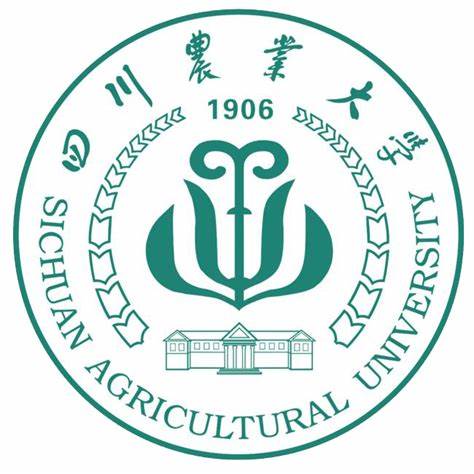Identification of candidate genes for adult plant stripe rust resistance transferred from Aegilops ventricosa 2NvS into wheat via fine mapping and transcriptome analysis
作者: 刁圣轩 审稿人:魏育明 时间: 2024-05-10 点击次数:次
https://link.springer.com/article/10.1007/s00122-024-04620-1
Theoretical and Applied Genetic,Volume 137, article number116,2024
Yuqi Wang,Mengru Gao,Yunfeng Jiang,Wuzhou Huang,Xin Zhao,Wei Zhu,Hao Li,Yi Wang,Jian Zeng,Dandan Wu,Yuming Wei,Yonghong Zhou,Youliang Zheng,Peng Zhang,Guoyue Chen&Houyang Kang
Abstract
Key message
An adult plant gene for resistance to stripe rust was narrowed down to the proximal one-third of the 2NvS segment translocated fromAegilops ventricosato wheat chromosome arm 2AS, and based on the gene expression analysis, two candidate genes were identified showing a stronger response at the adult plant stage compared to the seedling stage.
Abstract
The 2NvS translocation fromAegilops ventricosa, known for its resistance to various diseases, has been pivotal in global wheat breeding for more than three decades. Here, we identified an adult plant resistance (APR) gene in the 2NvS segment in wheat line K13-868. Through fine mapping in a segregating near-isogenic line (NIL) derived population of 6389 plants, the candidate region for the APR gene was narrowed down to between 19.36 Mb and 33 Mb in the Jagger reference genome. Transcriptome analysis in NILs strongly suggested that this APR gene conferred resistance to stripe rust by triggering plant innate immune responses. Based on the gene expression analysis, two disease resistance-associated genes within the candidate region,TraesJAG2A03G00588940andTraesJAG2A03G00590140, exhibited a stronger response toPuccinia striiformisf. sp.tritici(Pst) infection at the adult plant stage than at the seedling stage, indicating that they could be potential candidates for the resistance gene. Additionally, we developed a co-dominant InDel marker,InDel_31.05, for detecting this APR gene. Applying this marker showed that over one-half of the wheat varieties approved in 2021 and 2022 in Sichuan province, China, carry this gene. Agronomic trait evaluation of NILs indicated that the 2NvS segment effectively mitigated the negative effects of stripe rust on yield without affecting other important agronomic traits. This study provided valuable insights for cloning and breeding through the utilization of the APR gene present in the 2NvS segment.


